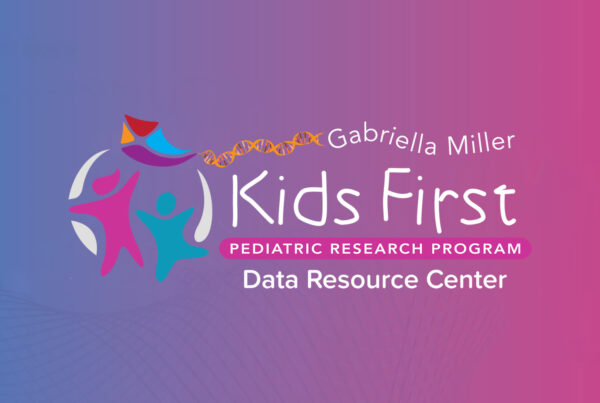When the NIH Common Fund-supported Gabriella Miller Kids First Data Resource Center (Kids First DRC)’s Data Resource Portal first launched just over a year ago, it contained 30,000 files of data from 5,900 patients representing seven childhood cancer and structural birth defect datasets. Since then, the Data Resource Portal has undergone steady and significant growth and evolution, both in the size and diversity of clinical and genomic data available to researchers as well as the functionality and analytical capabilities of the portal.
Since our last report, the Data Resource Portal has grown further, adding more data and analysis tools, and implementing several functionality improvements to enhance each user’s experience. The NIH Common Fund’s Gabriella Miller Kids First Pediatric Research Program (Kids First) too has grown, welcoming a new crop of X01 investigators to advance their research. Overall, at publication of this blog, the portal contains 14 datasets, with over 52,000 data files drawn from nearly 9,000 study participants.
Kids First Data Resource Portal Features
A number of functional improvements and new portal features have been implemented within the Data Resource Portal over the last several months. Our largest new data analysis tool, “Explore Data“, has come out of beta phase after undergoing bug fixes and integration with other Data Resource Portal features. These improvements came after valuable feedback form regular Portal users. Since its launch in April 2019, more than 330 individual users have carried out over 12,000 sessions using the features within our “Explore Data” application.
Additional changes to the Data Resource Portal include the launch of new “Participant ID Pages“, which allow investigators to easily reference the entire de-identified clinical history of a participant (including clinical information, observed phenotypes, and other associated data) in one location. Participant IDs are represented on the Data Resource Portal as “PT_####”. Also, users now have expanded options for gaining access to their Portal accounts as we’ve enabled those with ORCHID iDs to use their credentials to easily login to their Portal dashboard – similar to our current sign-in mechanisms linked to Google or Facebook accounts.
New Data Added to the Data Resource Portal
Recently, the Kids First Data Resource Portal has grown in the amount of data it indexes. In July, a second Pediatric Brain Tumor Atlas (PBTA) dataset, containing data from the Pacific Pediatric Neuro-Oncology Consortium (PNOC)’s PNOC003 Clinical Trial was added to the Portal. This dataset contains over 23 TB of whole genome, whole exome, and RNA sequences (WGS, WXS, RNA-Seq, respectively) drawn from tumor and normal tissue samples provided by 33 pediatric Brain Stem Glioma patients. Available data include aligned/unaligned reads, annotated somatic mutations, gene fusions, gene expressions, somatic copy number variants, somatic structural variants, gVCFs, and isoform expressions.
More Resources for Analysis
The Kids First DRC’s bioinformatics team recently published a new application to the Cavatica platform. Called “The Kids First DRC RNA-Seq Workflow“, this new resource includes fusion and expression detection, and processes either BAM or FASTQ file input and uses STAR for alignment to the reference. This workflow is available to all Cavatica users on-demand.
Slated for release in the next several months, the Kids First DRC’s “Data Tracker” tool is one of the next applications to launch in service of enhancing the user experience of Kids First research collaborators. Our data engineering team has developed this new tool to assist X01 researchers in managing and tracking the status of clinical and genomic data processing; providing a centralized and version-controlled location for sharing progress updates. While developing the Data Tracker, Kids First DRC data engineers have actively engaged with a number of X01 researchers to conduct usability testing sessions. During these sessions, researchers have utilized the tracker and provided feedback on its ease of use, functionality, and design. The insights that have been gained from these sessions have been incredibly valuable.
New Insights on the Horizon
Announced recently by the NIH Common Fund’s Kids First program, a new crop of X01 research projects have been awarded! For 2019, ten projects have been announced, encompassing studies at eight medical institutions across the U.S. These studies will generate invaluable data for a number of childhood cancer and structural birth defects including Pediatric Rhabdomyosarcoma, T-cell Acute Lymphoblastic Leukemia, Genomic Etiologies of CHARGE Syndrome, Recessive Structural Brain Defects, and more. To view the complete list of Kids First X01 projects for 2019 and all previous years, visithttps://commonfund.nih.gov/kidsfirst/X01Projects
Get Started with the Kids First Data Resource Portal Today
Researchers interested in genomics, childhood cancer, and structural birth defects can get started on the Gabriella Miller Kids First Data Resource Portal in just a few simple steps! First, visit https://kidsfirstdrc.org/portal/portal-features/ to learn more about the Data Resource Portal and its features. Then, visit https://kidsfirstdrc.org/support/getting-started/ to follow our Quick-Start guide to creating your free Data Resource Portal account today! You can also contact the Kids First DRC at support@kidsfirstdrc.org for assistance.










